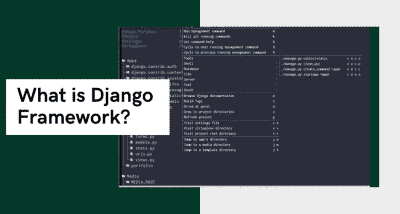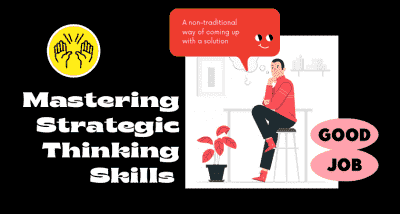HOW TO WRITE A WINNING CV
- Amruta Bhaskar
- Jul 15, 2020
- 0 commentaires
- 2192 Vues

A curriculum vitae, often shortened to CV, is a Latin term meaning “course of life.” A CV is a detailed professional document highlighting a person’s experience and accomplishments. Employers often require a CV when considering applications. This document shares an overview of your career history, education, relevant awards and honours, scholarships, grants, research, projects and publications.
A CV may also include professional references, as well as coursework, fieldwork, hobbies and interests relevant to your profession. You might also choose to add a personal profile that lists your skills and positive attributes to ensure employers have a well-rounded view of your personality and achievements.
In this blog, you will learn what information has to be provided long with easy-to-follow tips to ensure you create a powerful CV that stands out to employers.
Top CV tips to remember while drafting your CV:
- Always tailor your CV for each job and organisation you apply to! If you have a person specification, make sure you address the points in this using examples and evidence.
- 2. Use keywords from the job advert and the employer’s website to customise your CV to show the employer that you speak ‘their language’ and would fit in well at the company.
- 3. Structure the CV to make the most of your relevant skills and experience. If you have previously carried out a similar role or worked on a project using applicable skills, list those on the front page.
- 4. Highlight and quantify both professional and personal achievements where you can.
- 5. Make sure the CV is no longer than two sides of A4 and use a clear, concise writing style. Put your name at the top of the document (never use the title ‘CV’ as this itself is evident!)
- 6. Add a link to your LinkedIn page, blog, online portfolio and perhaps your Twitter handle if you tweet about your industry.
- 7. Consider using bold font, sub-headings and bullet points to break up information.
- 8. Always check through your CV for spelling and grammatical mistakes or get someone to check through it for you-employers often discard applications containing spelling and grammatical errors.
A CV can be written in different styles:
Chronological CV:
If you have plenty of relevant work experience you should use the chronological or traditional CV format, as this style draws attention to your relevant experience, which you list on the first page. Within this section, you should provide an overview of key responsibilities but more importantly, you should highlight your achievements. For example, did you take on extra responsibility or gain a promotion? Did you meet or exceed your targets? Did you find an effective solution to a problem? Can you demonstrate how you offered excellent customer service and gained good feedback? Highlight the skills developed in these roles as well, especially those required for the post you are applying for.
Skills CV:
If your experience is lacking or you are changing career path, you may want to use a skills-based CV. Within the ‘skills profile’ on the first page, you should outline the relevant skills required for the role. By drawing on examples from work, college and extra-curricular activities you can demonstrate that you have what the employer is looking for, You still can include employment information, but can list this more briefly, perhaps on the next page.
Hybrid CV:
If you have some experience but this is fairly limited, a combination of the two styles may work best to enable you a highlight experience and skills in separate sections.
One thing to remember is that using a ‘one size fits all’ approach isn’t the best option. You should always find out what the employer is looking for and modify your CV to meet these requirements. Look at the person specification or entry requirements and ensure all the points from these are evidenced in the CV. Each time you apply for a different job, adapt and tailor the CV for that specific role and organisation. To grab the employer’s attention, make sure the most important and relevant information is on the first page, as this is the first thing the employer will see!
A well-composed CV shares all the most essential information employers need when considering you for job opportunities. By making sure your CV is comprehensive, correctly formatted and easy to read, you’re one step closer to landing the job you want.
To know more about how to ace a job interview:
https://www.skillrary.com/blogs/read/how-to-prepare-for-an-interview














